Doodle & Flow Challenge: Face Matrix This Doodle & Flow practice is inspired by a comic book challenge that I read about years ago. It is the Mr. Potatohead of doodle challenges. Play with the faces and the flair so you represent the diversity of people on the planet… granted, the faces I drew are really silly. You can play with silly mouths and eyes or draw something a bit more realistic. The value is in the playful improvisation that you can do once you have nine basic doodles.
Remember: Doodle & Flow is 100% process, 0% product. It is about insight, not art. www.doodleandflow.com www.molinecreative.com
0 Comments
I'm guessing if you're reading this post, you like the Doodle & Flow process enough to invest in fancier doodling supplies - or, like me, you have an art supply addiction. Either way, this is fantastic news. Congratulations!
Let me keep this brief. I use three main things in my practice: silky smooth marker paper, pigment-based black markers, and colorful watercolor markers. I also carry my markers in a neat little case and sometimes use Avery labels to cover up my mistakes. Paper: Spiral bound, smooth, thick, perfectly white pages I have tried dozens of types of paper and I will write a review about the pros and cons of all of them at some point, but I like spiral bound blank sketchbooks when I draw with markers. I like them because I am often doodling on my lap and I never know how to manage the other side of the sketchbook if it is hard bound. I also like thick, smooth, perfectly white paper. I like thick paper so my markers don't "ghost" or show up on the next page. I like smooth paper because it uses less marker ink. I like perfectly white paper so I can use labels to cover up my mistakes. My favorites:
Black Markers: Pigment-based twin tips I wrote a whole blog post about my marker trials. I bought dozens of markers and tried them all! You can check my review here and my recommendation here. Briefly, I settled on Uchida Pigment-based Artist Markers. I like them because they dry fast, don't smear, and (most importantly) don't smell toxic to me. I also like that they have two nibs - skinny and thick. I don't like that they are expensive and seem to run out of ink really fast. Colorful Markers: Water-based brush tips I go back and forth between Tombow Dual Brush Pens and Neuland Fine Liners (brush tip). I like the dual tip feature because I mostly use my colorful markers for coloring, but occasionally I use the fine nib to write text. I like the water-based ink because it isn't toxic. If I am traveling and can't find Tombow markers, I will sometimes buy the generic Artist Loft version from Michaels. I don't like them quite as well because they aren't as juicy as the Tombow markers, but they work in a pinch. They are also a tiny bit shorter so they fit in smaller pen cases. Avery Labels: The littlest ones I also use sticky labels - the white ones you use to put on envelopes for mailing - to cover up my mistakes. My two favorite sizes for Doodle & Flow are 60 and 80 labels to a page. I attended a Local First AZ workshop last week in Tucson that was partially an excuse to drive deep into the Sonoran Desert during wildflower season and partially a great opportunity to meet local business people. Who knew that sitting in a furniture showroom for two hours with strangers could change my perspective on capitalism? Let me explain... The event was focused on Conscious Capitalism, which is a business philosophy that was articulated by John Mackey (the founder of Whole Foods Market) and Raj Sisodia in a book of the same name. In my words, Conscious Capitalism is the idea that free trade is good for communities, individuals, and the planet when it exists to serve a higher purpose - such as helping people eat better foods or supporting local communities or making the world a more creative place - not just to make money for shareholders. Conscious Capitalism proposes that business should seek a higher purpose and consider how business decisions impact all STAKEholders (customers, employees, suppliers, shareholders, mama earth), NOT just corporate SHAREholders. The book is a quick and interesting read. As an entrepreneur with a background in ecology and 10+ years teaching university students about sustainability, Conscious Capitalism seems like the kind of business philosophy that I would have taught if it had occurred to me to teach about business at the university (maybe I'll go back and do that in a few years :). While I had not articulated a clear philosophy for my business, I find myself moving towards more conscious business decisions as I become more profitable. I'm giving away my time through the Contagious Creativity Awards. I try to treat my best customers like dear friends. I use the most environmentally- and human-friendly markers that I can find (refillable Neuland markers) and draw on recyclable surfaces whenever possible. I am planning to attend several Conscious Capitalism meetings in Arizona over the next month and I look forward to learning more! If you are curious about this philosophy - and the people who are turning it into a movement - you can watch this TEDx talk by Adam Goodman and attend the international conference in Phoenix at the end of April. I attended the science talks during the Grand Canyon Hiking GTS on February 15, 2019. My big takeaway from the seminar was that the guides and visitors love the Grand Canyon deeply and yet the wildlife, forests, and landscape face more challenges now than ever. Climate is changing, water resources are increasingly scarce, helicopters and planes regularly disturb wildlife, and dedicated park scientists and managers work with limited staff and funding! Another takeaway was that the guides and visitors love the Canyon and support it through contributions to the Grand Canyon Conservancy. I captured as much information as I could during the short talks in these sketchnotes about the forests of the Kaibab Plateau (Dr. Peter Fulé), Grand Canyon soundscapes, karst hydrogeology (and caves), bison on the North Rim (GRCA Science and Resrouce Management Division), and Grand Canyon maps (Matthew Toro). Enjoy! What is the Hiking GTS? The Grand Canyon Conservancy (formerly the Grand Canyon Association) hosts a Guide Training Seminar each year at the South Rim of the Grand Canyon. The Hiking GTS is takes place in mid-February and is geared towards hiking guides, tour bus operators, and people who lead backpacking trips in the canyon. It is distinct from the slightly better known River GTS, which is hosted by the Grand Canyon River Guides Association so it is geared towards river guides and takes place at the Hatch River Expeditions warehouse in mid-March. my visual notes from the 2019 Hiking GTS
It seems like everyone I meet these days is talking about the NSA - National Speakers Association - so when past president Kristin Arnold invited me to attend the Arizona Chapter meeting this week, I went for it! Kate Delaney, the Sports Princess, spoke about finding your WOW. I would boil her message down into these essential elements:
My visual notes of Kate Delaney's talkSo, does this make me a “visual learner”? When people talk about learning styles, they often refer to people who prefer to learn from visual information (i.e., drawings, photographs, diagrams, and illustrations) and people who prefer to learn from verbal information (i.e., spoken words, written stories, and text-based instructions). Hence the suggestion of two learning styles: “visualizer” and “verbalizer”. These two styles have received a lot of attention from academic researchers, parenting journals, and Facebook quizzes, but they are only two among dozens of learning styles have been described over the years (e.g., Myers-Briggs, Kolb’s Learning Styles, Gardner’s Multiple Intelligences, etc.). It seems to give people reassurance when they believe they know how they learn best. Parents are also drawn to the idea that if their children are taught in their preferred learning style, they will do better in school and go on to live more successful lives. However, the science suggests that it is not this simple (1). Educational psychologists have documented that people do indeed prefer visual or verbal information and to some degree these preferences are related to their cognitive ability with visual or verbal information (2). Scientists determine someone’s preference by giving them a quiz that asks questions like: “when you read science lab manual, do you prefer to look at the diagrams or read the text?” Once they know a person’s preferred style, they can validate that preference by offering them the choice of multiple types of information (i.e. diagrammatic or text-based help on a quiz) and determining if their choices match their preference (1). Once researchers demonstrate that people reliably prefer one type of information over another, they need to figure out if people learn better in an environment that emphasizes the type of information that they prefer (3). This distinction – switching from identifying the information I prefer to the information that helps me learn – is what separates a learning preference from a learning style. Researchers call this the “meshing hypothesis” and is the most common way to test for the existence of learning styles (4). Tests of the meshing hypothesis have come up empty-handed. Students do not score better on quizzes after they have been taught in their preferred style (5, 6). In one study, the researchers found that all learners performed slightly better on a quiz about lightning formation when they were presented with visual information, regardless of their learning preference. It seems that students can adapt to accommodate any type of information presentation. While there is not much scientific support for the meshing hypothesis, there is support for the idea that the teaching method should match the content being taught (7). For example, how effective would it be to teach:
The idea of learning styles is very compelling because it speaks to our human desire to understand ourselves and be understood. However, it is important to understand the difference between preferring visual information and learning more effectively from visual information because if you believe too strongly that you need visual information to learn, you could miss out on a lot of exciting ideas that are best described in only in words! Resources & References
|
Details
Categories
All
Angie B. Moline
Dr. Moline is an ecologist and visual process facilitator who draws pictures to help clients think. She is currently on a quest to understand why live drawings are so compelling and how to make them as sticky as possible in order to improve communication, understanding, and memory. Follow here journey here! |
strategy
innovation
Communication
Clients & Case Studies
philanthropy
ABOUT US
|
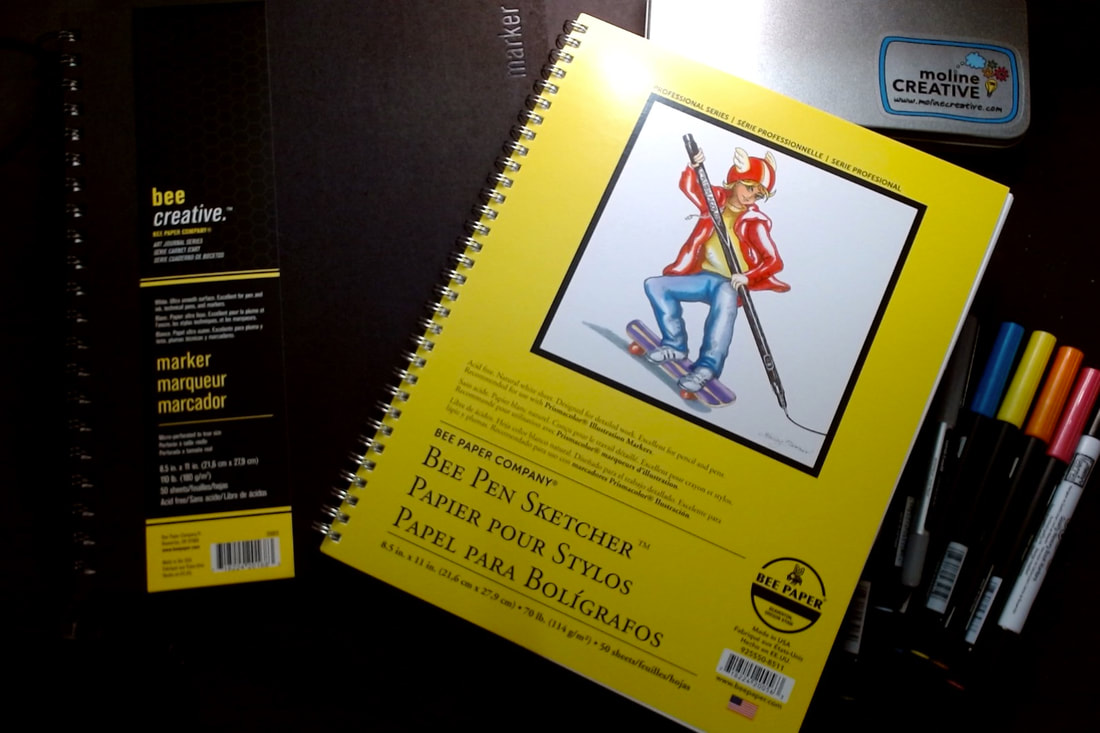
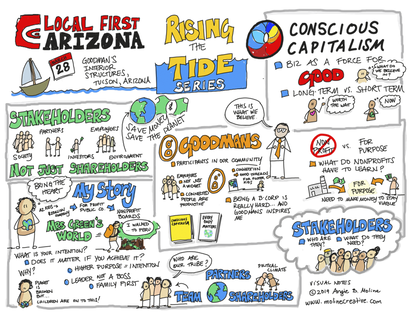
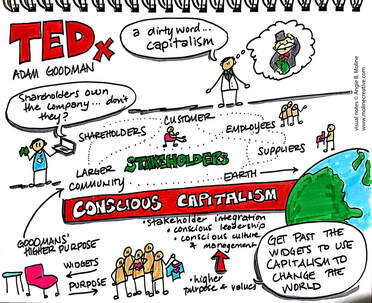
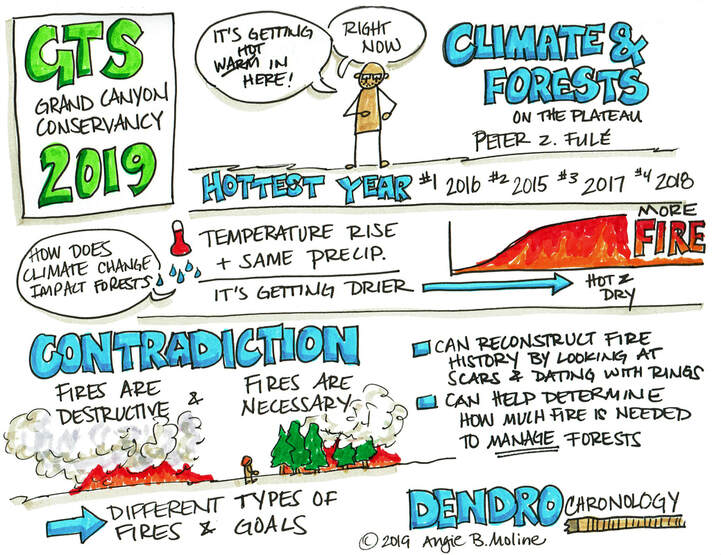
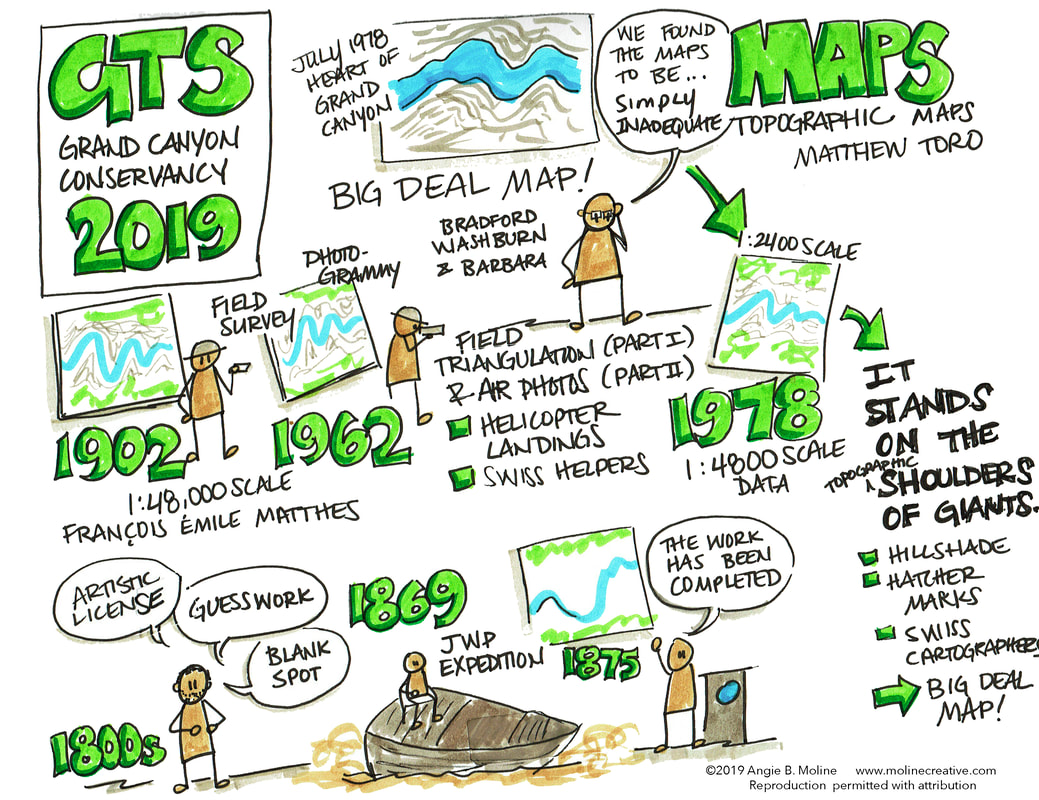
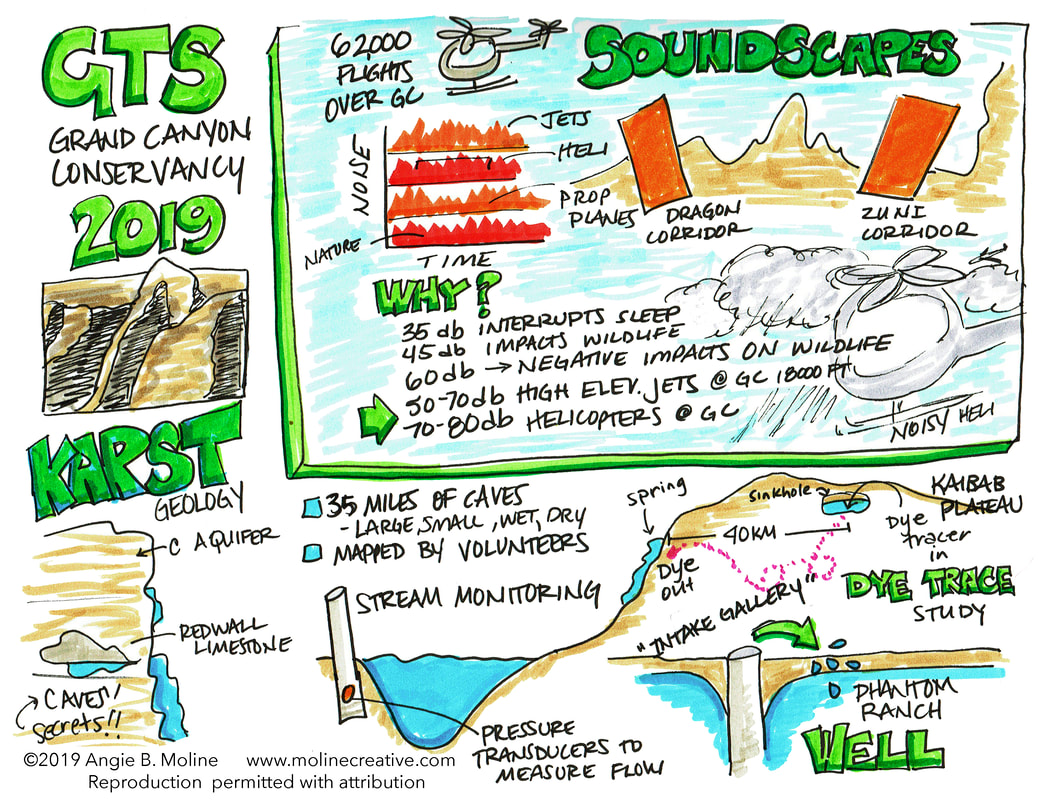
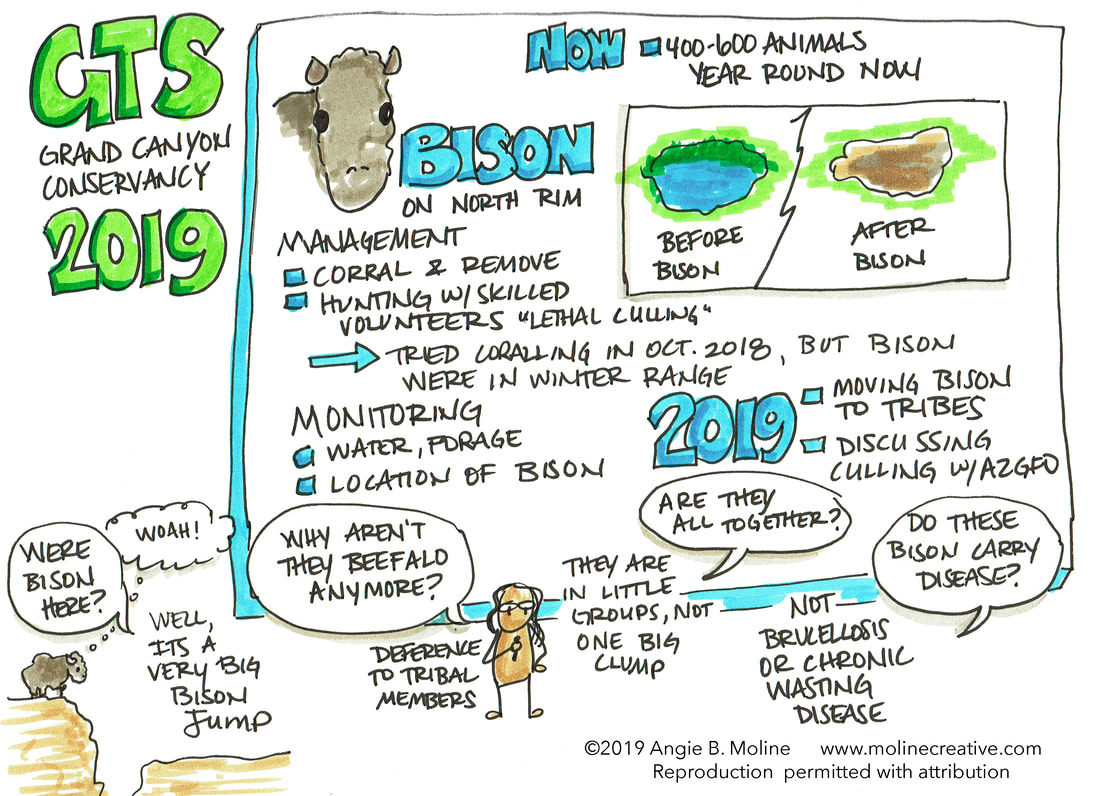
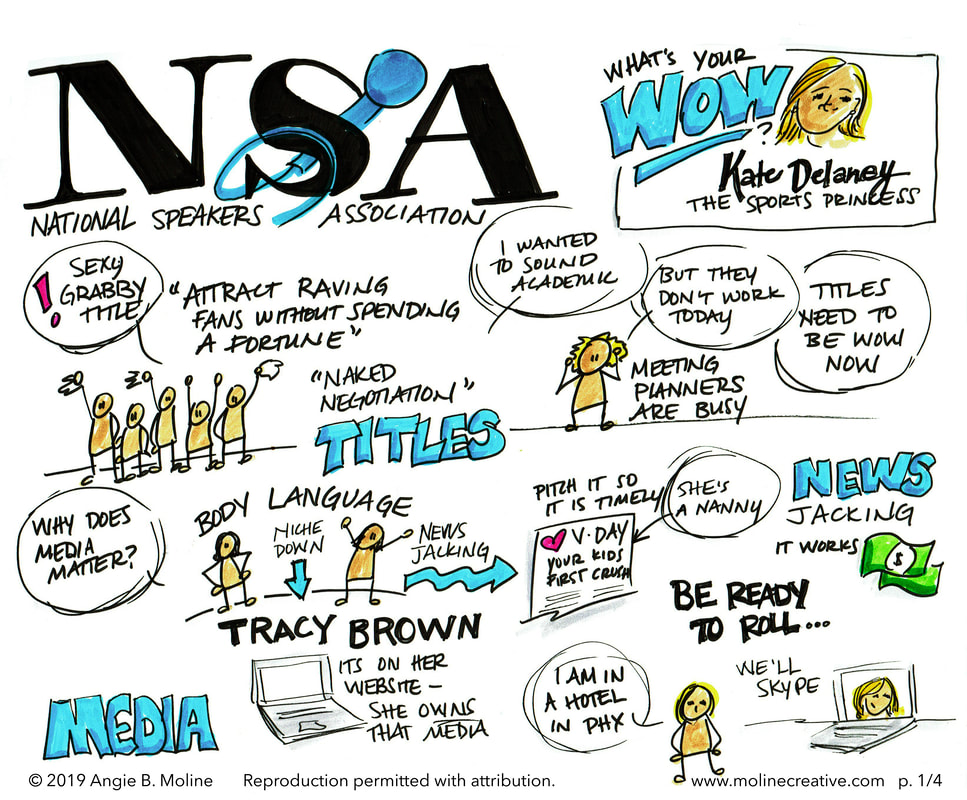
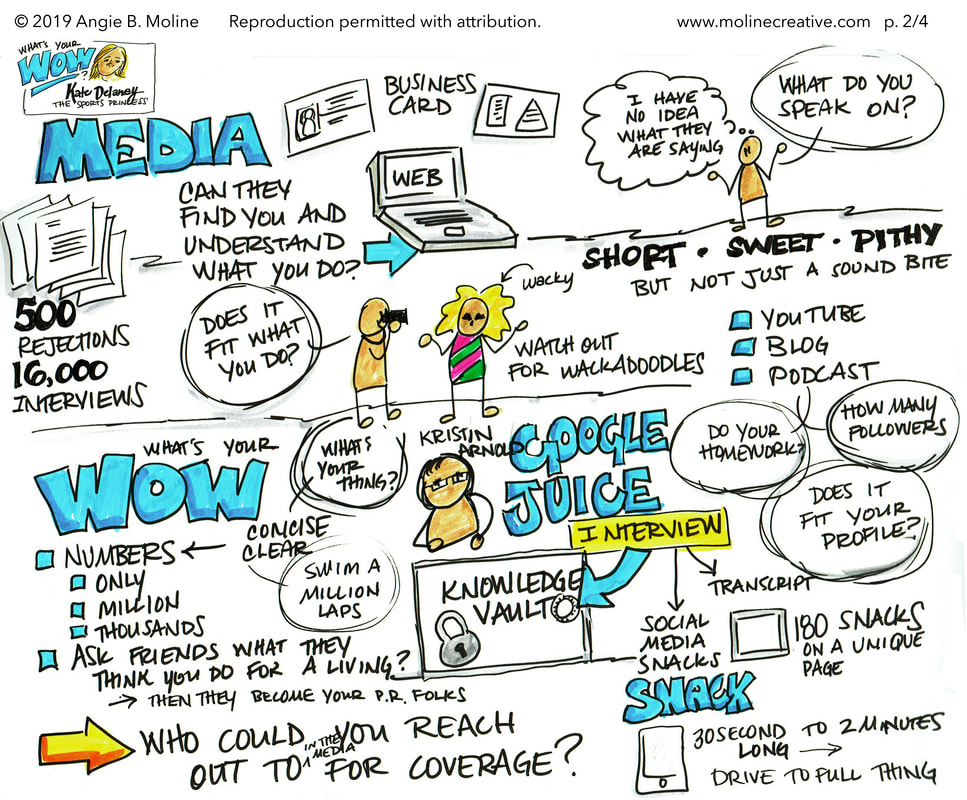
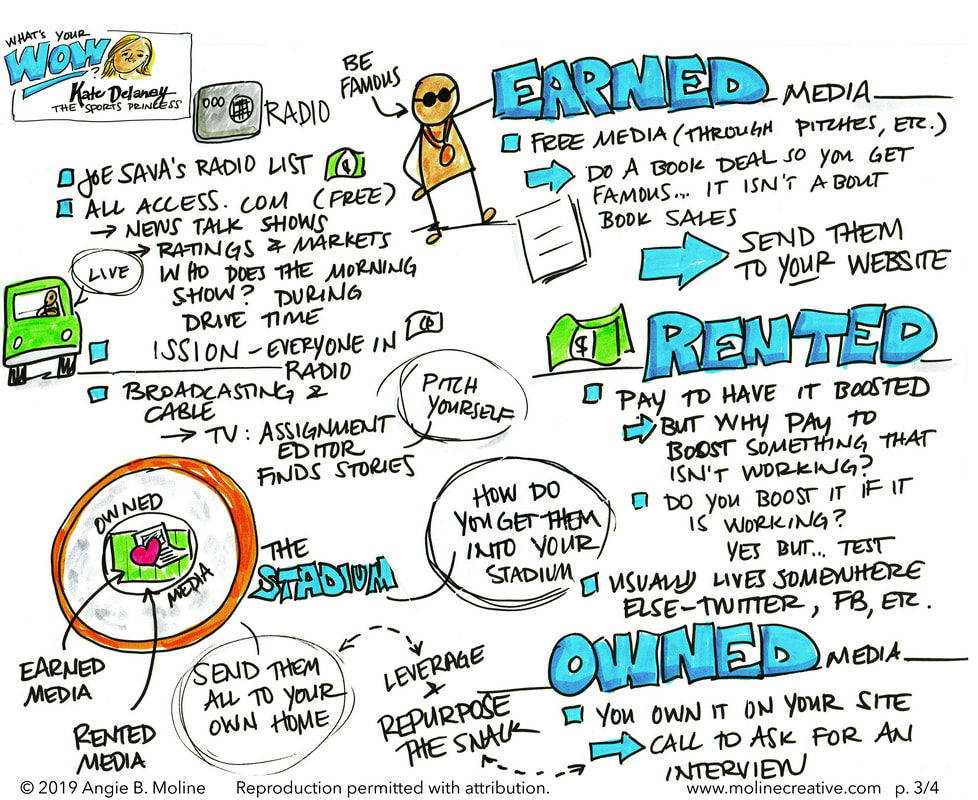
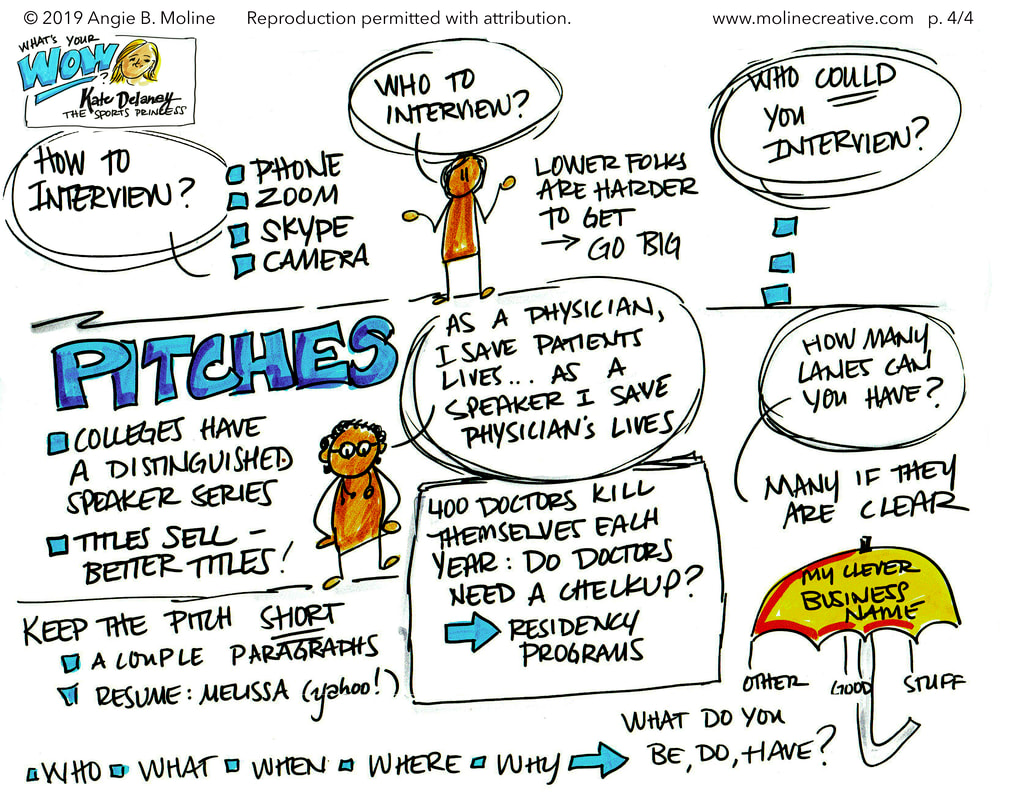


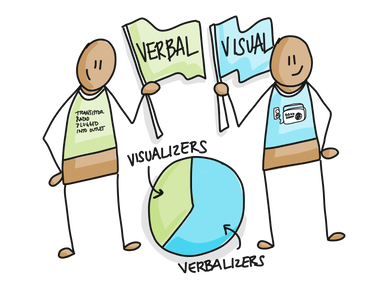
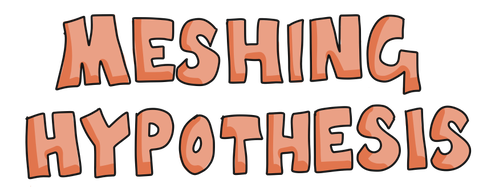
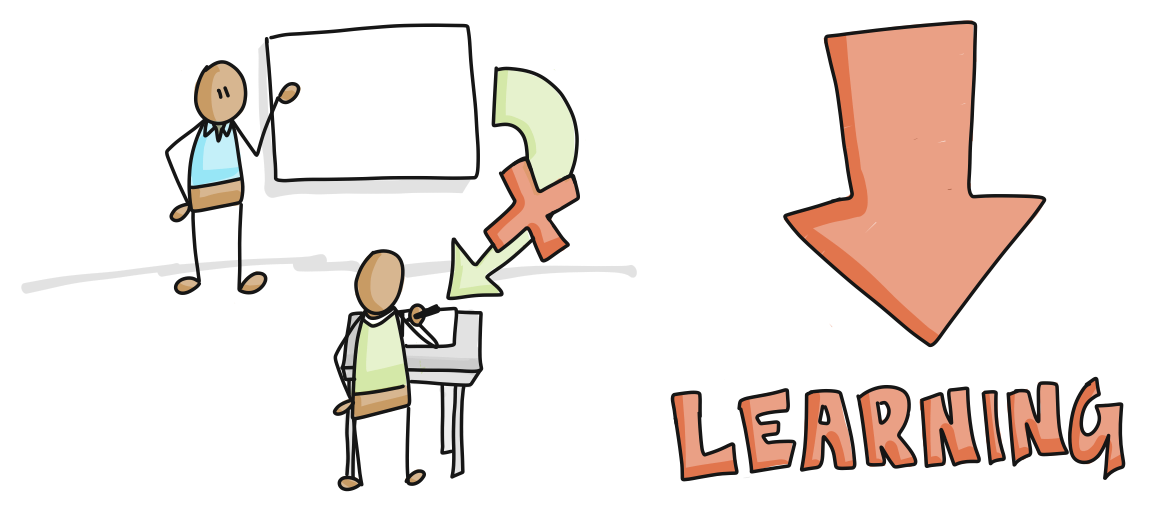
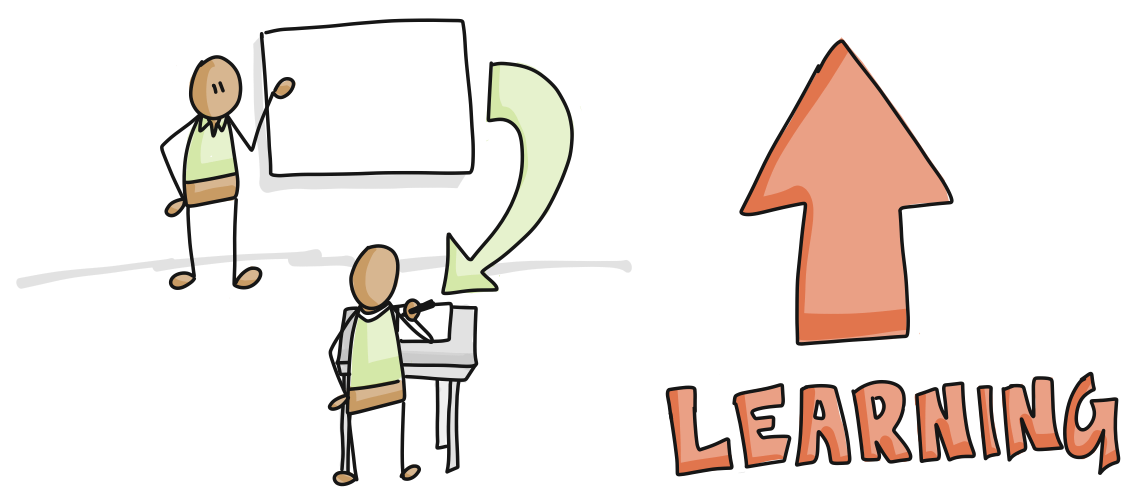
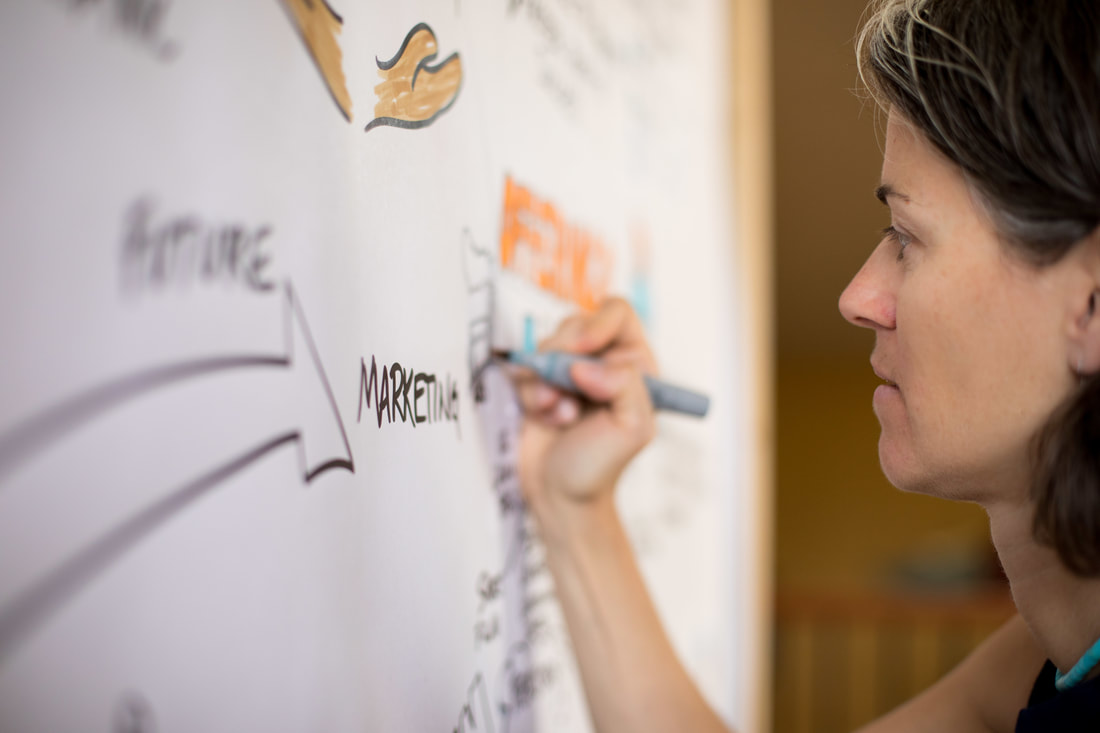
 RSS Feed
RSS Feed




